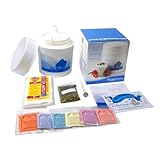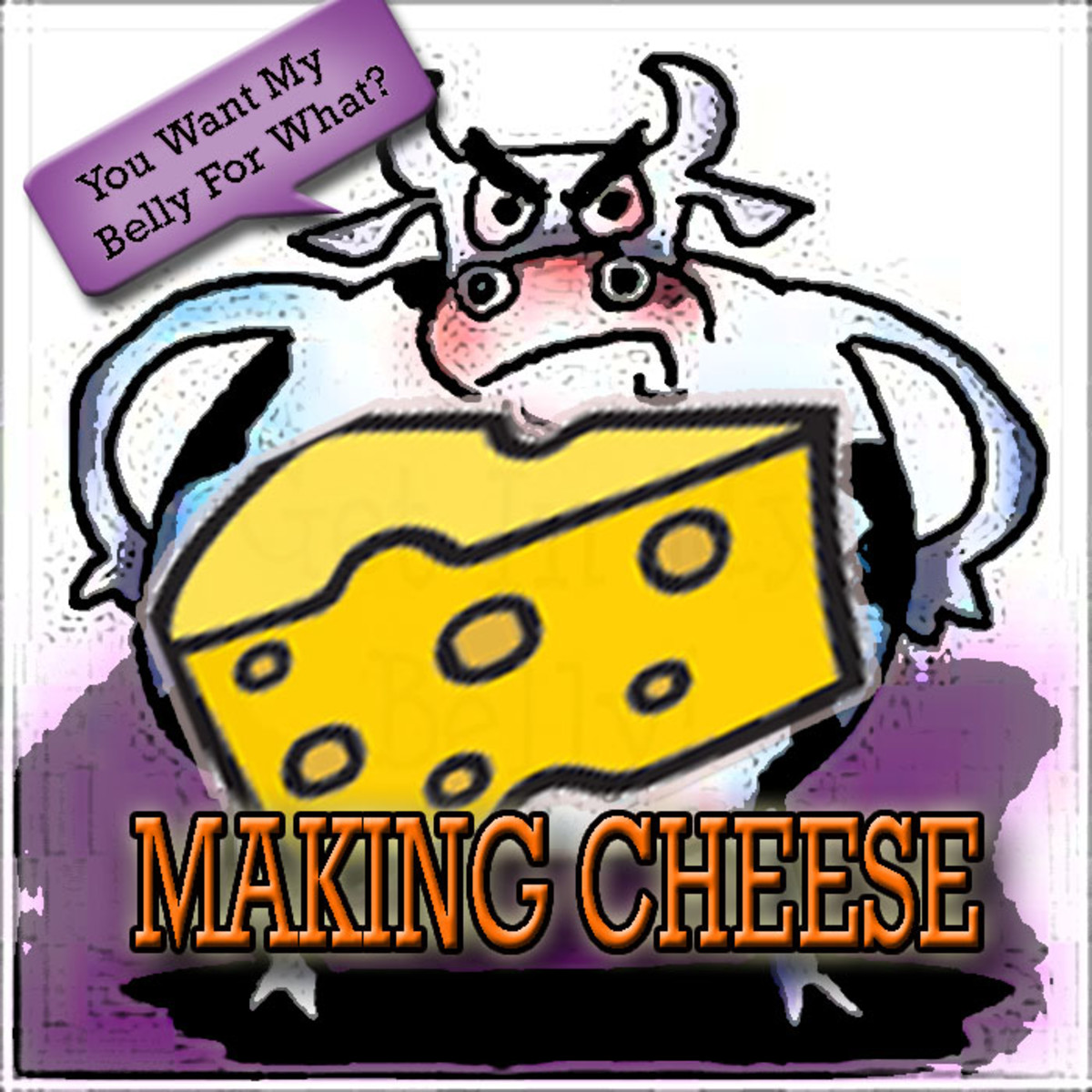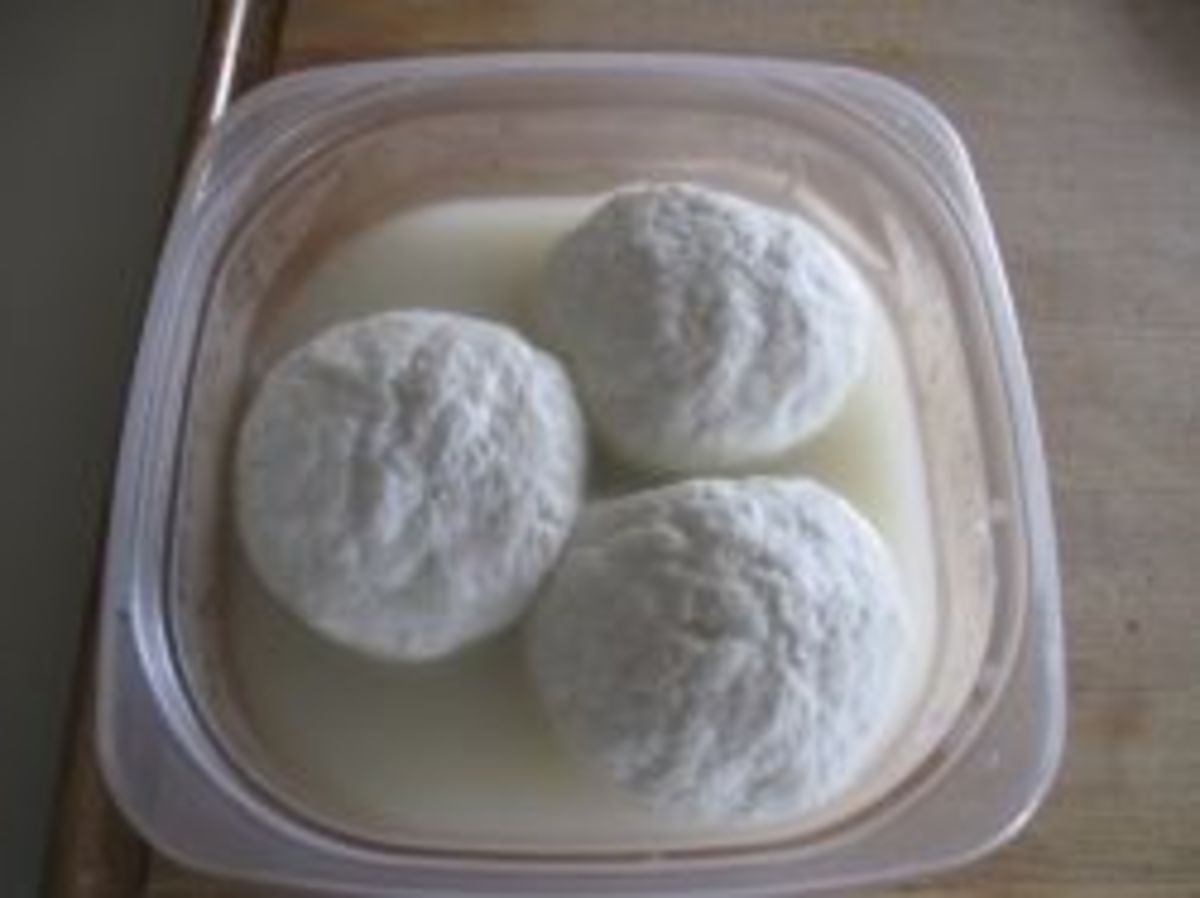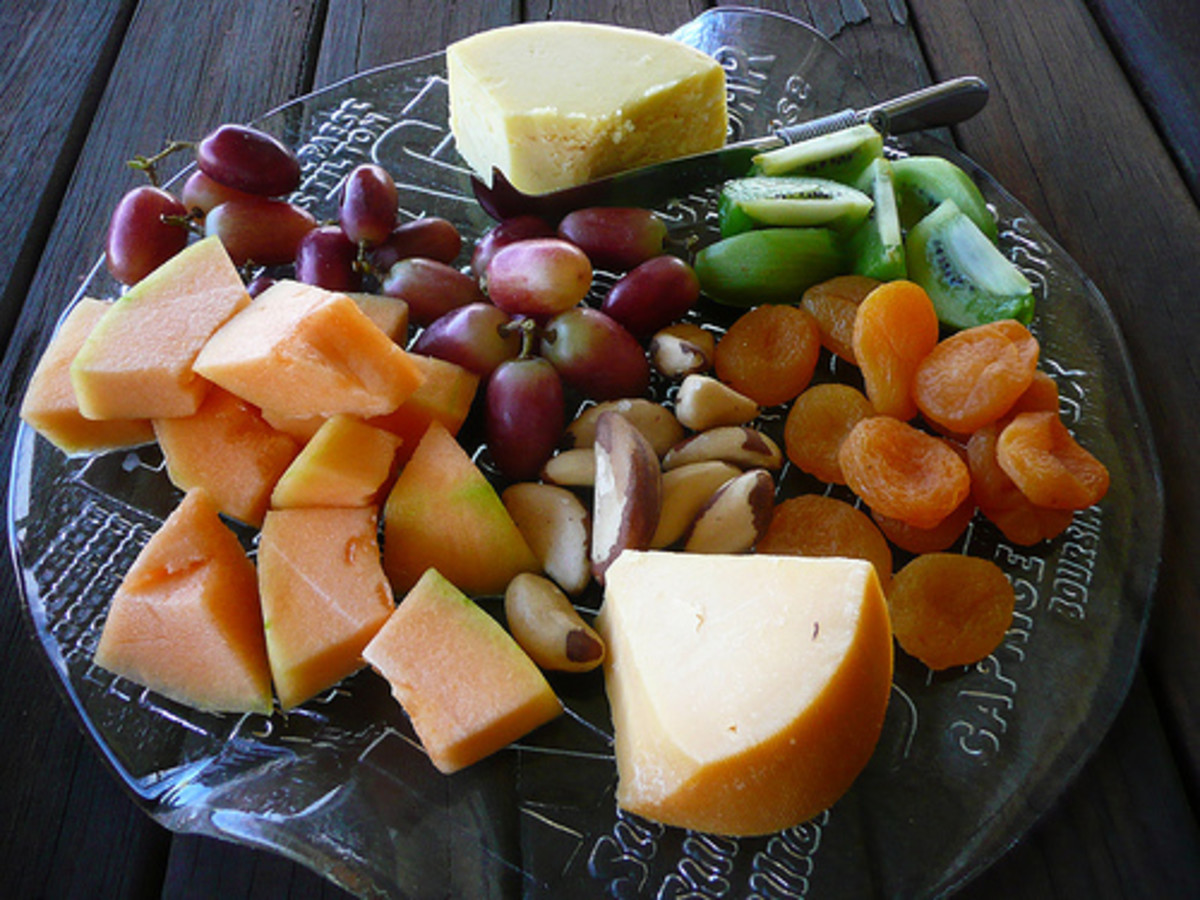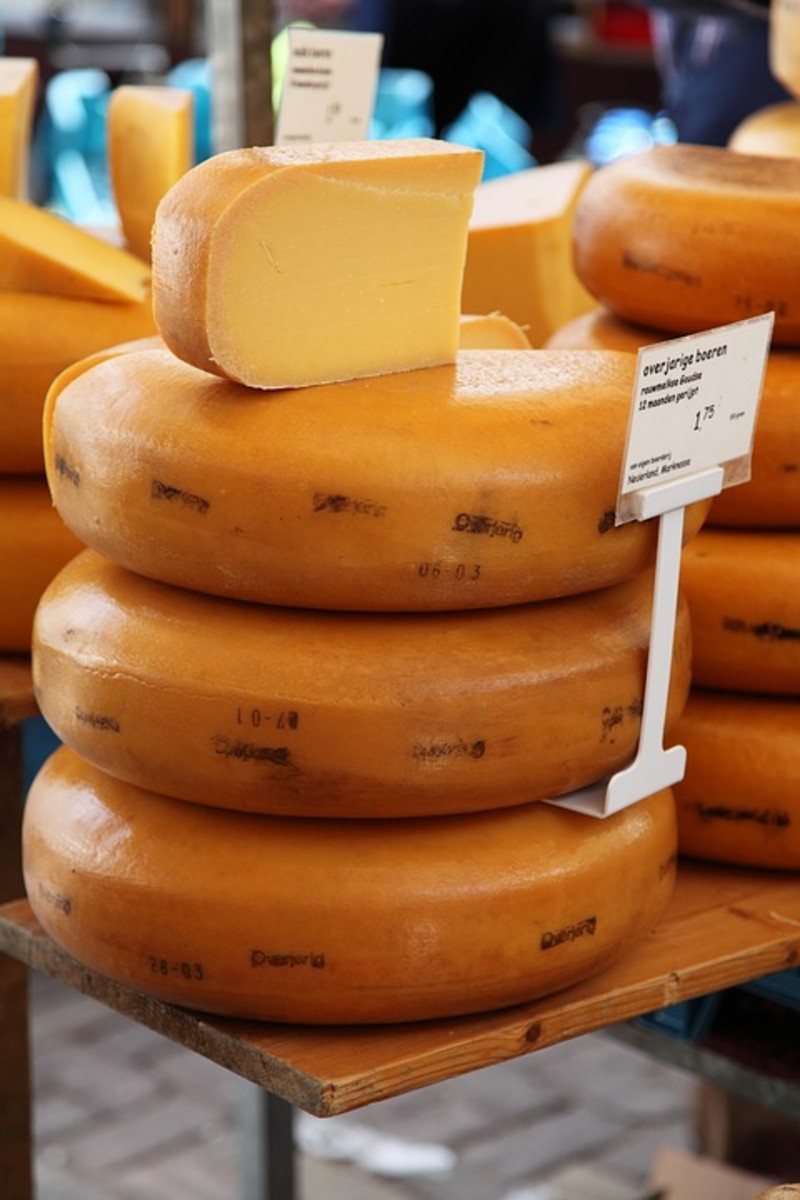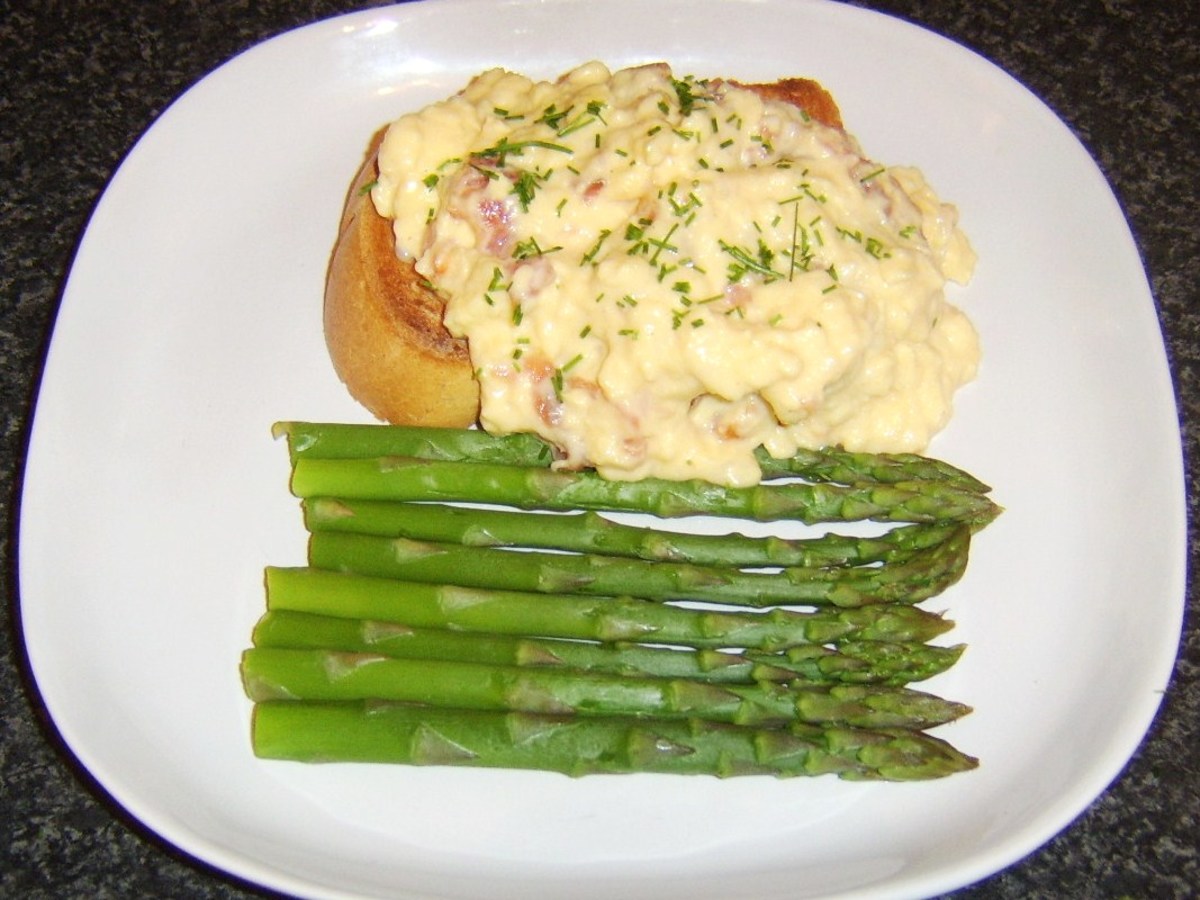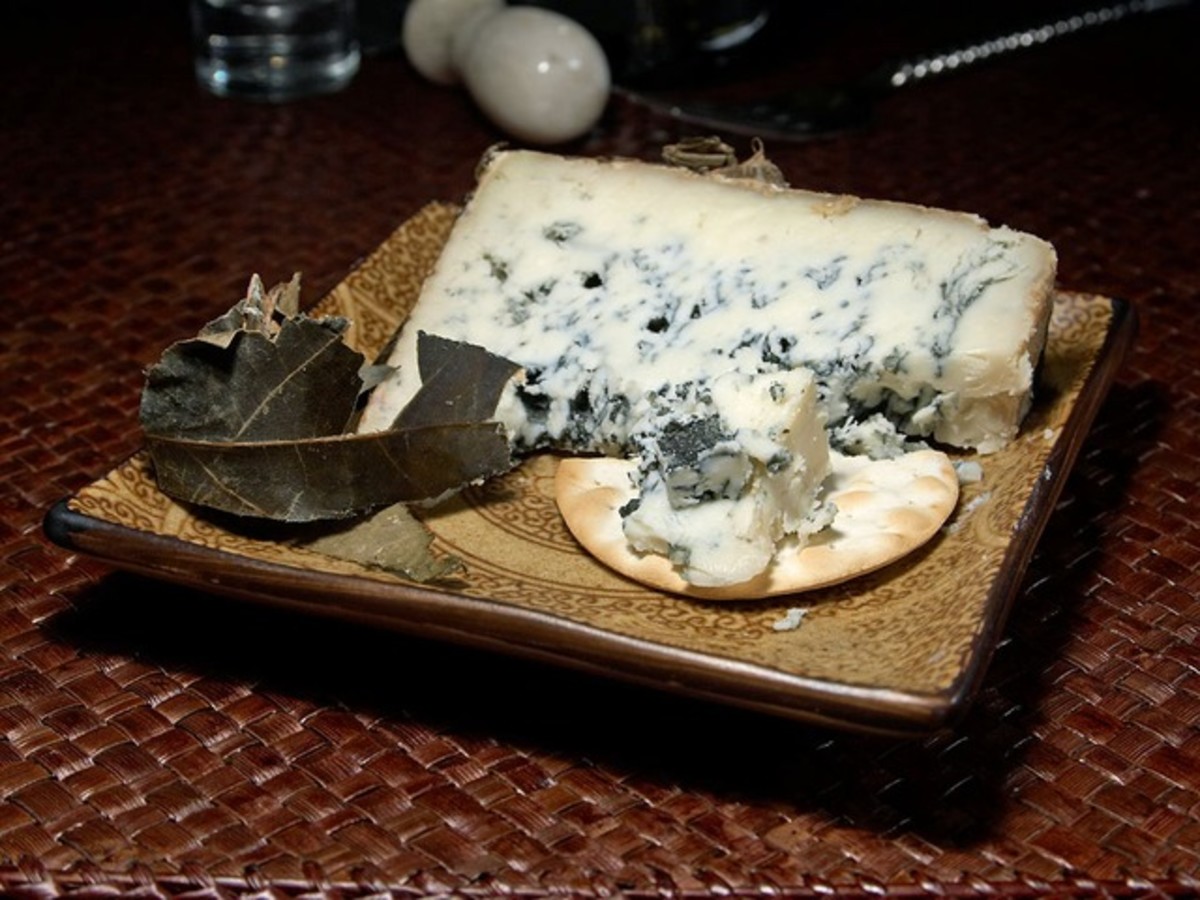How Is Cheese Made?
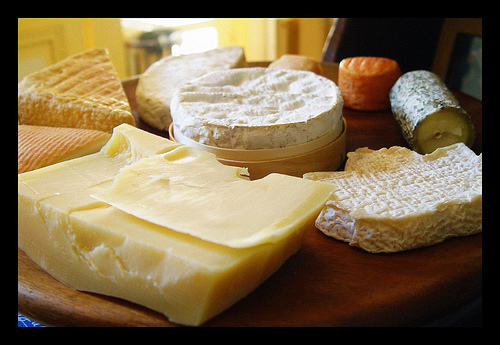
Cheese Makes the World Go Round
Amongst chefs and connoisseurs, you will find very few foods as well-loved as cheese. Well, maybe wine. No wonder wine and cheese go so well together! Cheese has been enjoyed by humans since prehistoric times.
So how is cheese made? Every single kind of cheese is meticulously created using different types of milk- including raw milk, pasteurized milk, and skim milk. Cheese is made up of several milks with assorted fat content and by incorporating a variety of herbs as well as other seasonings.
There are various kinds of cheese, found in lots of different recipes. These include mild and sharp cheeses, smooth kinds, hard cheese, soft cheeses, as well as stinky varieties of cheese such as Limburger. There are cheeses made from different types of animals. You've probably heard of goat's cheese, but did you know that there is also sheep cheese, horse cheese, even camel cheese?
Yes indeed, cheese is a fascinating subject. If you've ever wondered how is cheese made?, here's the answer to your question:
Cheese Poll
Do you like cheese?
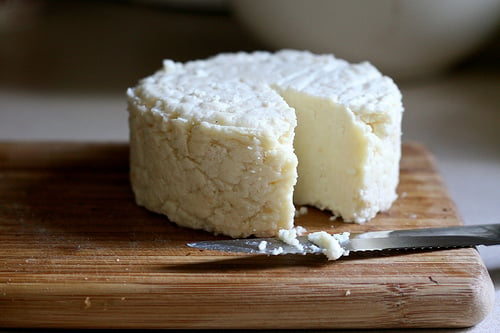
The Process of Making Cheese Starts Sooner Than You Think!
Great tasting cheese starts with a single essential ingredient – milk. You couldn't make cheese without it. Prior to the cheesemaking procedure, fresh milk will be screened regarding quality, along with purity. After that, the milk will be weighed. Then, it is usually heat treated with pasteurization to guarantee food safety and a healthy product. It requires about ten pounds of milk to produce a single pound of cheese.
All cheeses are made in a somewhat similar way, but it all begins with the dairy cow. The diet of a cow will be directly related to the flavor and attributes of its milk. Specific cheeses are created by simply modifying the diet of the cow as a way to change the flavor of its milk. This then shows up in the taste of the cheese, too.
How Is Cheese Made? It Starts With Bacteria and Enzymes
Starter cultures, or beneficial bacteria, are then included to begin the cheesemaking process. They assist in establishing the best taste and consistency of the cheese. Then, a milk coagulating enzyme known as rennet is included to clot the milk, creating something that looks a bit like custard.
Rennet is an enzyme naturally present in the abdomen of mammals. For most cheeses, rennet will be obtained from calves, while specific types of cheese will get the rennet from other animals, like goats. Vegan cheese makes use of non-animal sources of rennet.
Next in Cheesemaking - Who Cuts the Curds? (No, I Didn't Ask Who Cut the Cheese!)
Next, it is then sliced into smaller parts to start the long process of removing the fluid components, called whey, from the milk solids, known as curds.
Big curds are usually prepared with reduced temperatures, producing soft cheeses such as Brie and Ricotta. Curds cut smaller sized are generally cooked at greater temperatures, yielding hard cheeses such as Parmesan and Asiago. The curds by themselves, along with a small amount of whey, are known as cottage cheese.
Drying Out the Curds
Then, the next step in how cheese is made. Cheesemakers prepare and mix the curds and whey until the ideal temperature and texture of the curd is attained. Curds are subsequently drained and the whey will be discarded, or maybe utilized to produce additional dairy items.
The curds will begin to become more solid following this and sometimes are turned into fresh farmer's cheese. This particular cheese is natural and not processed. It will spoil quickly in just a few days, even if refrigerated.
But most of the time, the actual curds are then pressed and the remaining liquid will be squeezed away. This needs to occur several times for the water to be totally cleared out. As the whey is drained away, it leaves behind a firmly shaped curd.
Various handling methods and salting have an effect on the way the curd will be altered into the various cheese varieties. Pressing establishes the typical form of the actual cheese and enables total curd development. The majority of cheeses are usually pressed within a few hours, based on their particular size.
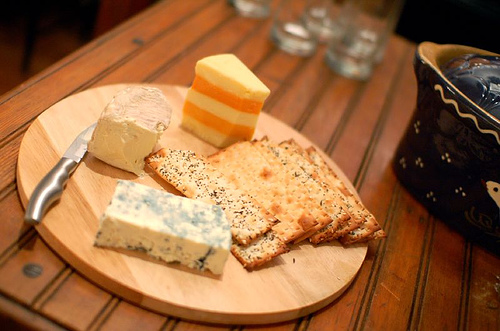
Why and How Is Cheese Made With Mold?
So that cheese keeps for a longer time and for flavor reasons, mold can be added. Different molds will deliver distinct cheese textures and tastes. This is how some of the best cheese is made. The majority of cheeses possess several kinds of mold. Once the mold is included, spices and herbs may be added in also to provide the cheese with an even more unique flavor.
How Is Cheese Made? This Is the Last Step, and the Best
Depending on the type and style of cheese, an additional stage for making cheese could be curing. Cheese will be left in order to age for a specific length of time. Curing is needed for aged cheeses and enables the cheese to completely develop its taste and consistency. The more it ages, the richer and stronger the taste.
The cheese will be relocated to an area which is thoroughly adjusted regarding needed moisture and temperature and could end up being aged for up to a decade. Aged cheeses cost more and are referred to as fine cheeses by enthusiasts. And that, my friends, is how cheese is made.


